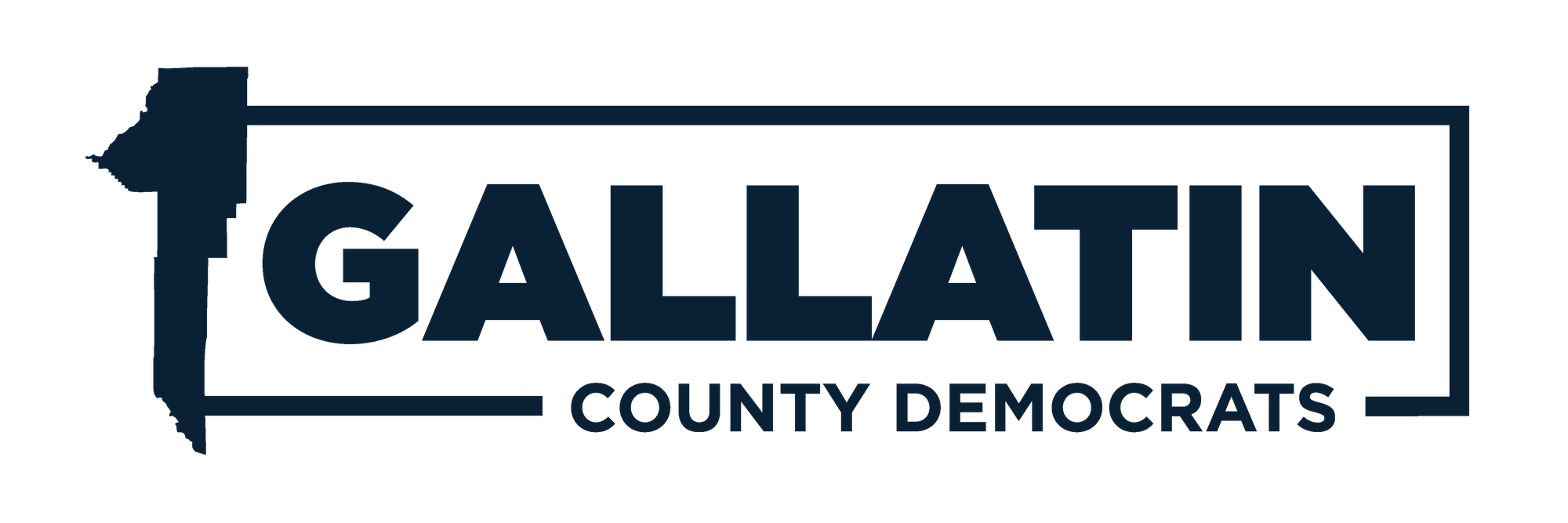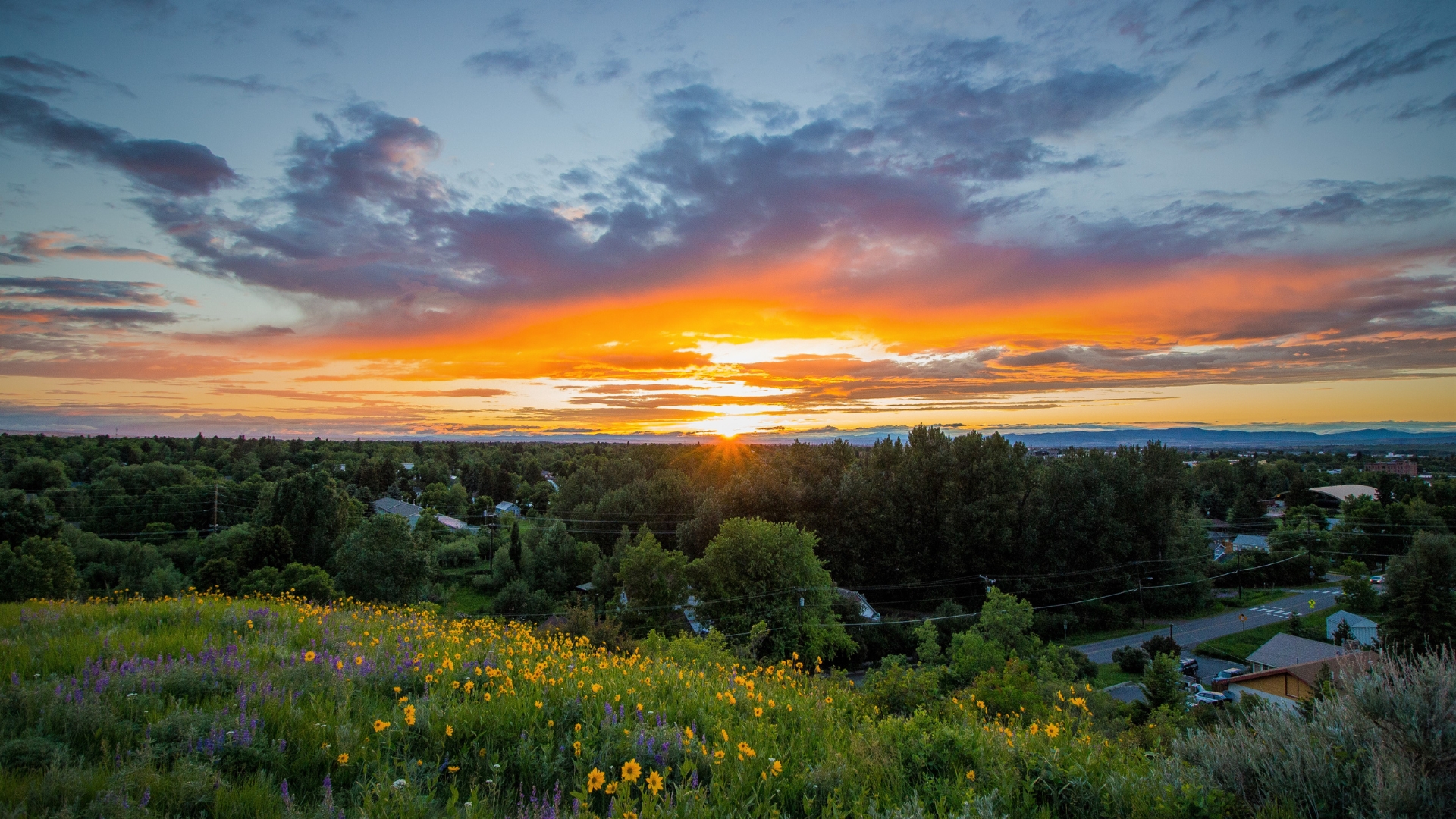By ERVIN CARLSON
Guest columnist
The InterTribal Buffalo Council (ITBC) was founded in 1992 to restore buffalo to tribal lands to preserve our historical, cultural, traditional and spiritual relationships for future generations, and has advocated for the quarantine and translocation of Yellowstone buffalo since its inception.
It’s been 27 years since ITBC submitted the first proposals to quarantine and transfer Yellowstone buffalo as an alternative to their slaughter.
It’s been only four months since this has been actualized, with the first tribe-to-tribe transfer of 40 brucellosis-free Yellowstone bulls sent from Fort Peck Assiniboine and Sioux Tribes’ quarantine facility to 15 native nations through ITBC.
While this is a massive victory and testament to 30 years of inter-tribal efforts to protect the Yellowstone buffalo, it has not been achieved without significant challenge.
In 1992, tribes were denied a seat at the table in the process of drafting the environmental impact statement for considering management alternatives for Yellowstone buffalo. Despite denied participation, ITBC persisted, introducing proposals and resources to develop a quarantine program. In 1997, proposals submitted by ITBC to build quarantine facilities on land belonging to the Choctaw Nation and Fort Belknap tribes achieved overwhelming support from public citizens, NGOs, and federal agencies, though roadblocks persisted.
ITBC finally won a seat at the Interagency Bison Management Plan in 2009 to protect and preserve the Yellowstone buffalo.
Due to the dedication of the Fort Peck Assiniboine and Sioux tribes, and the 30 years of arduous activism by ITBC, the tribes completed construction of their quarantine facility in 2014. This facility was built to accommodate all phases of quarantine and can handle approximately 600 buffalo on 280 acres surrounded by double fences. With the assistance of ITBC, the tribes continue
to improve this facility by expanding the number of pastures through cross fencing, increasing the capacity for additional groups of buffalo.
The construction of this facility was initiated upon the request of the National Park Service. The Fort Peck quarantine facility is still not used to its full potential because a Montana law and federal regulations are misapplied to the tribes. The capacity of the facilities in and near the park are not adequate to allow new groups to enter the quarantine program each year resulting in a larger number of buffalo being slaughtered. These facilities cannot accommodate as many buffalo as Fort Peck.
No animals will enter the quarantine program this winter. Each winter, buffalo migrate outside the boundaries of Yellowstone, and either face capture and shipment-to slaughter (442 animals last
winter) or hunting by tribes utilizing treaty-secured rights (284 animals last winter).
Because there is limited capacity in the facilities in and near the park, and a refusal to use the Fort Peck facilities to their full potential, more buffalo will be slaughtered this winter.
ITBC’s solution of quarantine and translocation, the alternative nearly 30 years in-the-making, helps offset the number of buffalo killed for migrating outside of the park’s invisible fences. The
buffalo that consecutively test negative for brucellosis for years within the program are transferred to tribal lands to preserve their unique genetics and restore Tribal spiritual and cultural relationships. They are the descendants of the buffalo native ancestors lived with for centuries, and are honored and revered by the many nations with whom they find a home.
The quarantine program places emphasis on restoring our national mammal across the continent, not just in one of the few enclaves where the buffalo survived their near-extinction.
Native nations have been uniting since the early 1990s to not only protect Yellowstone buffalo, but to restore them to their homelands across this country. The arduous dedication of tribal people and their allies to protect Yellowstone buffalo is exemplary of how we should be restoring relationships with all of the United States’ native wildlife. Join the 69 nations represented by the InterTribal Buffalo Council, as well as the state and federal agencies and NGOs including the National Parks Conservation Association, in supporting the expansion of the Yellowstone buffalo
quarantine program in order to help save this species in Yellowstone and beyond.
Visit www.itbcbuffalonation.com for more information.
Ervin Carlson is a member of the Blackfeet Nation and serves as board president for the InterTribal Buffalo Council.
Bozeman Daily Chronicle, Guest Editorial 12/12/20

